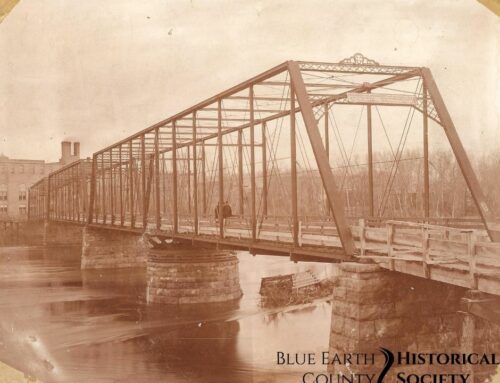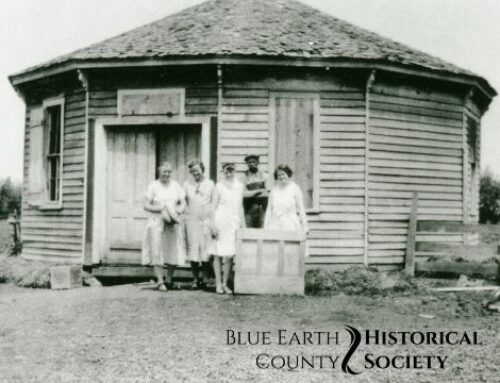When driving through the populous township of Mankato, take note of the numerous historical sites and markers. When passing through “Old Town” you soon recognize by the lightly weathered, but articulately constructed buildings that Mankato is avidly concerned with preserving its vivid past. Mankato is famous for many things including the Historic Hubbard House, its involvement in the Dakota Conflict, Sibley Zoo, and many other specific landmarks. It was originally a hub for resources, characterized by its close relation to the Minnesota River, and its abundance of resources such as clay. Besides being an essential spot for resources, the river would deliver many new settlers to Mankato for years to come.
Like many Minnesota townships, the area was previously inhabited by Native Americans. Although the first known white settlers arrived in 1700, Mankato was not officially founded and settled until 1852. The founders were two men from St. Paul: Henry Jackson and Parsons King Johnson. They were two ambitious gentlemen who recognized the potential of what is now Mankato. After surveying the plot and deeming it worthy, the first camp was pitched near where the Masonic temple lies today. The men called for their friends and family; and on February 14th, 1852 the town was named. The name chosen was Mankato, after the Indian phrase: Blue Earth. Blue Earth was chosen because of the bluish-green clay that was abundant in the area. Soon after the name was established settlers arrived in boats from the nearby Minnesota River. They brought resources with them and gradually the city began to grow. By 1853 the first school arose, succeeded by stores, new buildings and later railroads.
Into the early 1900s, Mankato became a bustling hub of entertainment. A building called The Opera house opened in 1872 which brought in many interested travelers. Celebrity appearances were common and performers such as John L. Sulivan and Roger Mentell entertained at the House. The success of Mankato even drew Presidents’ William Howard Taft and Harry Truman to the city.
Along with being renowned for its entertainment sector, the Mankato community also practiced a variety of sports. Sports including baseball, bicycling, running, curling, trapshooting, and others, were a common sight around the city. These sports commonly took place at one of Mankato’s fine parks. One of the most famous of these parks is Sibley Park. It was founded around 1920 and was an immediate hit among residents. A popular horse racetrack was built along with gardens that lavishly decorated the plot. Later a zoo was added, that still exists today. This zoo was once called Sibley Park Zoo and was very popular until the tragic flood of 1965 in which many of the zoo’s animals were killed. Previously the zoo had held a lion, monkeys, and even alligators. Now the park features less exotic creatures like sheep, horses, and peacocks- that remain a delight to passerby’s and families alike.
Mankato is such a fascinating city that contains such a unique history. Anywhere you look in the town you will find evidence of the past with hints of the future. Not many residents realize that they are living in an area with such a vivid past. With a little digging and adventuring, who knows what can be discovered in the one of a kind township of Mankato.





I would like an article giving the tea of why mankato and North mankato originally decided to be separate.